Snake skin is one of nature’s most remarkable engineering feats—a sophisticated envelope that does far more than simply cover the animal’s body. From the glassy smoothness of tree snakes to the rough, keeled scales of vipers, snake skin exhibits a stunning diversity of textures across more than 3,900 species worldwide. This remarkable variation isn’t merely cosmetic but represents millions of years of evolutionary adaptations to diverse habitats, lifestyles, and ecological pressures. The texture of a snake’s scales can reveal volumes about where it lives, how it moves, what it eats, and how it protects itself. In this exploration, we’ll uncover the fascinating factors that drive the wide variation in snake skin textures and the evolutionary advantages these differences confer.
Evolutionary Origins of Snake Scales

Snake scales represent one of nature’s most elegant evolutionary solutions, originating from the same basic structures that form our fingernails and birds’ feathers—modified keratin. All modern snakes evolved from lizard-like ancestors approximately 100-150 million years ago, gradually developing their distinctive scale patterns as they adapted to various ecological niches. Unlike the scales of fish, which develop individually, snake scales form as continuous folds in the skin’s outer layer that later differentiate into distinct structures. This evolutionary heritage is evident in the underlying uniformity of scale structure across all snake species, despite their superficial differences. As snakes evolved to fill diverse ecological roles—from burrowers to swimmers to tree-dwellers—their scales underwent dramatic specialization to meet the mechanical and physiological demands of each lifestyle.
The Basic Anatomy of Snake Skin
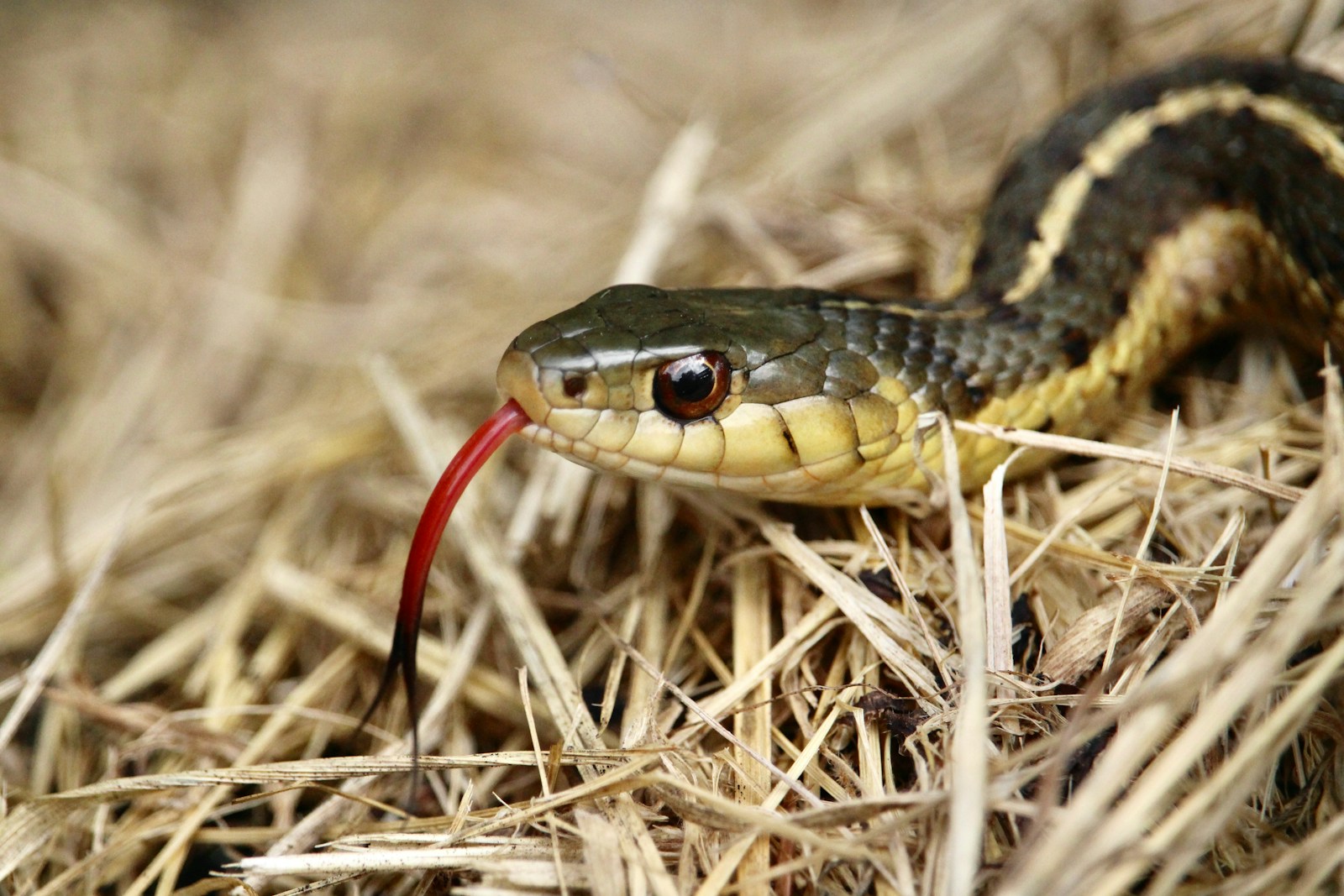
Snake skin consists of multiple specialized layers working together to create a flexible yet durable protective covering. The outermost layer, the epidermis, contains the visible scales composed primarily of beta-keratin—the same protein found in bird feathers and reptile claws. Beneath this lies the dermis, a layer rich in blood vessels, nerve endings, and specialized cells that contribute to the skin’s structural integrity and sensory capabilities. Snake scales typically overlap like roof shingles, creating a flexible armor that protects while allowing movement. Unlike mammals, snakes lack sweat glands and have minimal oil glands, making their skin relatively dry and necessitating specialized adaptations for water retention. This basic architecture serves as the foundation upon which countless variations have evolved across different snake species.
Smooth Scales for Speed and Silence
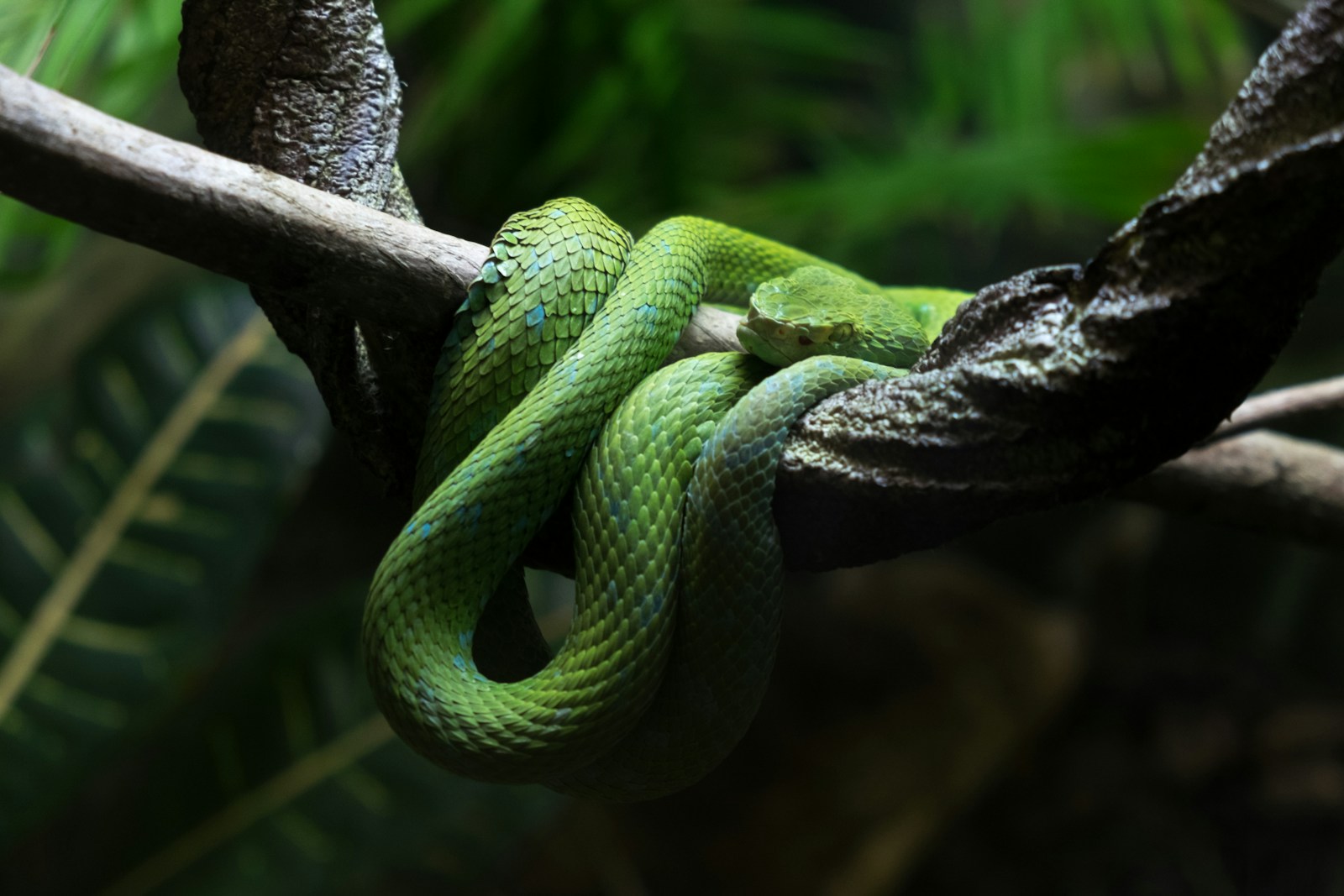
Many snake species, particularly racers, whip snakes, and certain colubrids, sport exceptionally smooth scales that serve multiple critical functions. The polished, flat scales significantly reduce friction as these fast-moving hunters glide across various surfaces, allowing them to pursue prey with impressive speed and agility. Species like the black racer (Coluber constrictor) can reach speeds of up to 8-10 mph thanks in part to their friction-reducing scales. This smoothness also enables silent movement, a crucial advantage for ambush predators that must approach prey undetected. Additionally, the reflective properties of smooth scales can create a subtle shimmering effect that helps break up the snake’s outline in dappled light, providing camouflage advantages in certain habitats. For arboreal species like vine snakes, smooth scales are especially important for effortless movement through dense vegetation without snagging or creating noise.
Keeled Scales for Grip and Defense

In stark contrast to their smooth-scaled relatives, many snake species possess prominently keeled scales—distinguished by the raised ridge running down the center of each scale. These specialized scales are particularly common among vipers, rattlesnakes, and many terrestrial species that require enhanced traction. The keels significantly increase friction against surfaces, providing crucial grip when climbing steep surfaces or navigating loose substrates like sand or leaf litter. For heavy-bodied ambush predators like the gaboon viper (Bitis gabonica), keeled scales help prevent slipping during the explosive strikes used to capture prey. Beyond locomotion, keeled scales often serve defensive functions—the rough texture makes the snake more difficult for predators to grasp and can create a threatening raspy sound when the snake rubs its coils together as a warning. In some species, particularly vipers, the keeled scales also help collect and retain dirt and debris, enhancing their camouflage in natural habitats.
Habitat Adaptations in Scale Texture
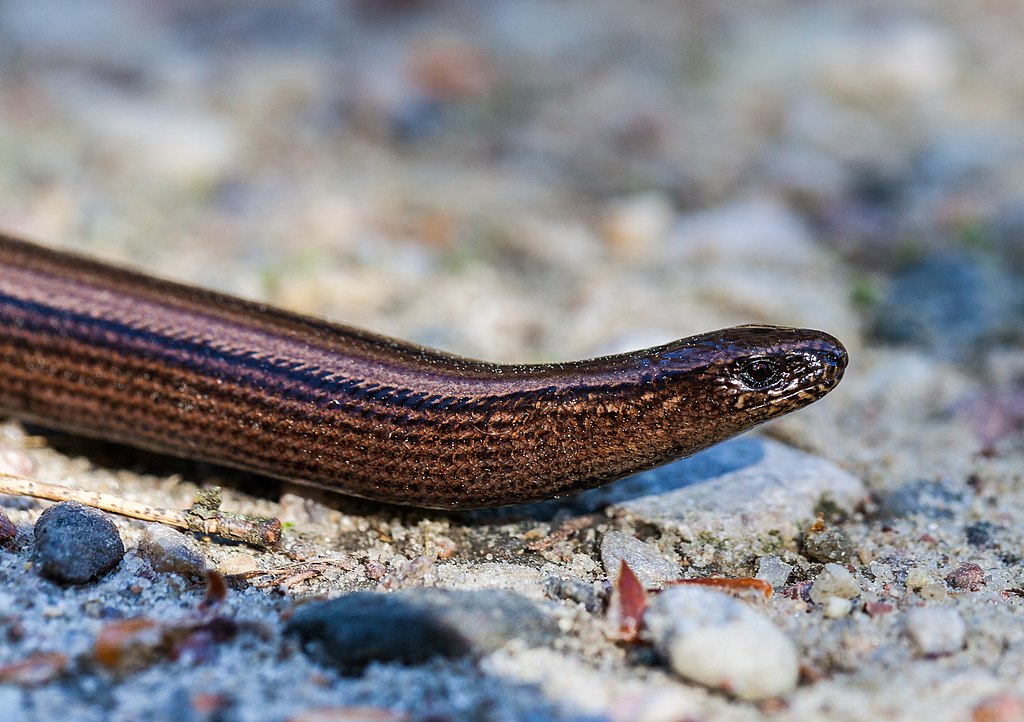
Snake scale texture shows remarkable correlations with the specific habitats where species have evolved. Desert-dwelling species like the sidewinder rattlesnake (Crotalus cerastes) typically possess granular, heavily keeled scales that provide traction on shifting sand while minimizing surface contact to reduce heat absorption. Forest floor dwellers often display moderately keeled scales that offer grip on decomposing vegetation while helping to collect leaf litter for camouflage. Aquatic species like water snakes (Nerodia) generally feature scales with subtle keels that enhance swimming efficiency while still providing some friction for movement on land. Perhaps most specialized are the entirely smooth scales of tree-dwelling species like the emerald tree boa (Corallus caninus), which allow frictionless movement through tangled branches while minimizing damage to their skin. These adaptations demonstrate how scale texture represents a careful evolutionary balance between competing needs for protection, movement, camouflage, and physiological regulation within specific environmental contexts.
Microscopic Differences That Matter
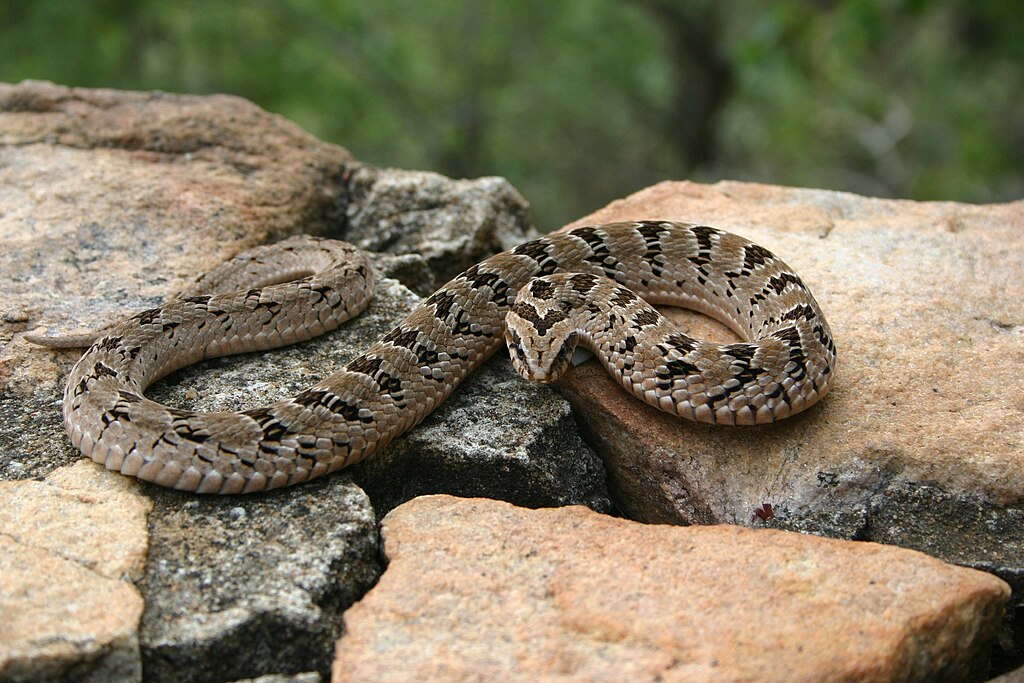
Beyond what’s visible to the naked eye, snake scales exhibit fascinating microscopic features that significantly influence their functional properties. At high magnification, the surface of snake scales reveals intricate microornamentation—patterns of ridges, pits, and channels unique to different species. These microscopic structures serve multiple purposes, from reducing light reflection to controlling how water moves across the skin’s surface. For instance, the sand-dwelling horned viper (Cerastes cerastes) possesses microscopic serrations on its scales that trap air, creating insulation against extreme desert temperatures. Research using electron microscopy has revealed that many burrowing species have scales with specialized microstructures that reduce soil adhesion and minimize abrasion damage. Even more remarkable, some arboreal species like the green tree python (Morelia viridis) possess microscopic structures that enhance their color-shifting abilities by interacting with light in complex ways. These invisible adaptations highlight how evolution has fine-tuned snake scales at multiple structural levels simultaneously.
Scale Texture and Thermoregulation
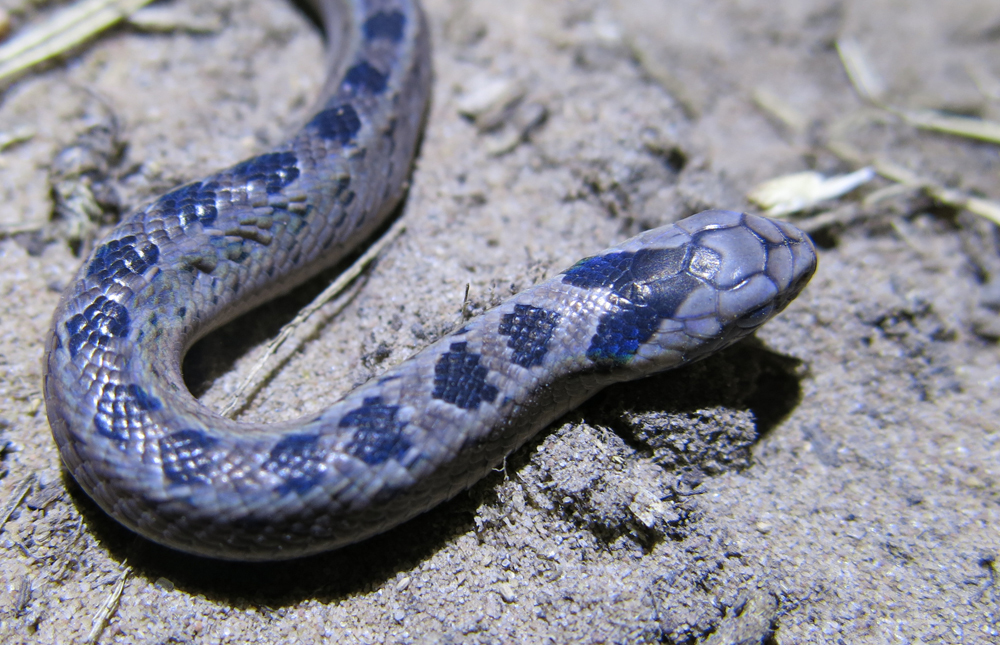
As ectothermic animals, snakes rely heavily on external heat sources to regulate their body temperature, and scale texture plays a surprisingly important role in this process. Rough-scaled species can manipulate how much of their body surface is exposed to sunlight by adjusting how their scales overlap, effectively acting as adjustable radiators. Many desert-dwelling species have evolved scales with microscopic structures that reflect infrared radiation while allowing visible light to penetrate, helping them balance the need for warmth with the risk of overheating. The western diamondback rattlesnake (Crotalus atrox), for example, can darken or lighten its skin through subtle scale adjustments, changing how much heat is absorbed from the environment. Smoother-scaled species often have more limited thermoregulatory capabilities through their skin but compensate with behavioral adaptations like basking or seeking shade. Some semi-aquatic species even utilize scale texture to control water retention, creating a thin moisture film that aids in cooling through evaporation when temperatures rise.
Specialized Scales for Unique Lifestyles
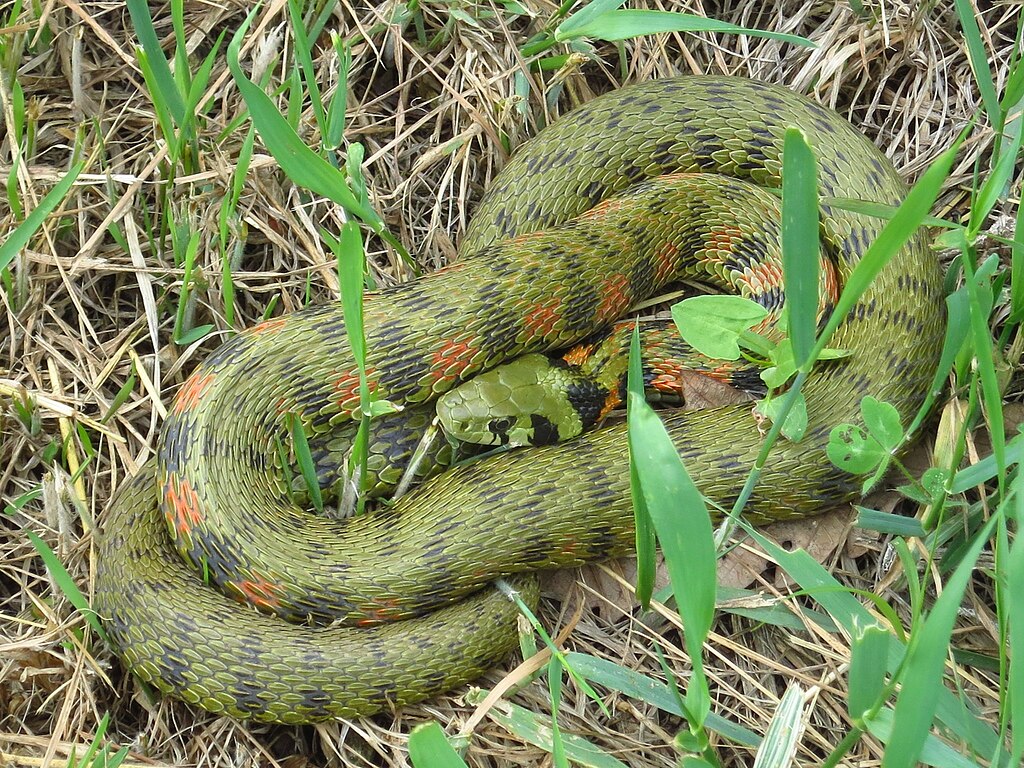
Some of the most fascinating scale adaptations appear in snake species with highly specialized lifestyles. Burrowing specialists like the Mexican burrowing python (Loxocemus bicolor) possess smooth, polished scales with rounded edges that reduce friction with soil and prevent dirt accumulation between scales. Sand-swimming species like the sand boa (Eryx) feature scales with microscopic “ski-like” structures that actually enhance slippage through granular substrates rather than increasing friction. Among the most remarkable specialized scales are those found on the belly of tree-dwelling species like the brown tree snake (Boiga irregularis), which feature microscopic interlocking ridges that grip bark like miniature crampons, allowing them to climb vertical surfaces and even move upside-down along branches. Aquatic specialists like sea snakes have evolved scales with diminished overlap patterns that reduce drag underwater while maintaining flexibility for swimming. These specializations demonstrate how scale texture represents not just adaptation to general habitat types but fine-tuned solutions to very specific locomotor challenges.
Defensive Functions of Scale Texture
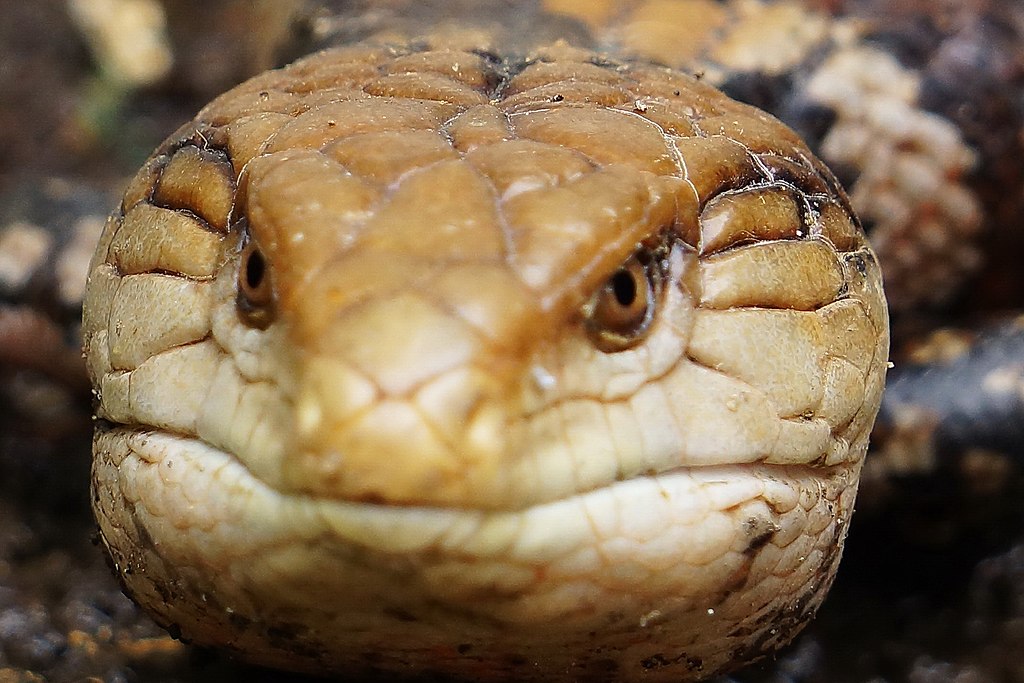
Beyond locomotion and thermoregulation, scale texture serves critical defensive functions for many snake species. The saw-scaled viper (Echis) produces its distinctive warning sound by rubbing specialized serrated scales against each other, creating a rasping threat display that deters potential predators. Many heavy-bodied constrictors like pythons and boas possess thick, robust scales with enhanced interscale connections that protect against damage when squeezing struggling prey or defending against attacks. Some species take scale defense to remarkable extremes—the Gaboon viper (Bitis gabonica) possesses exceptionally thick, heavily keeled scales that can actually blunt the teeth of mammalian predators attempting to bite them. The rough scales of many terrestrial species also facilitate camouflage by collecting soil and debris, helping the snake blend into its surroundings. Perhaps most sophisticated are the scales of some rear-fanged snakes, which have evolved textures that facilitate the flow of venom from specialized oral glands toward their grooved rear fangs during prolonged biting actions.
Shedding Strategies and Scale Texture

The relationship between scale texture and shedding processes represents another fascinating aspect of snake skin diversity. Snakes with highly keeled or rough scales typically require more specialized shedding strategies than their smooth-scaled relatives. The interlocking nature of rough scales creates more potential snagging points during the shedding process, which is why many rough-scaled species spend more time preparing for shedding by producing specialized lubricating compounds between the old and new skin layers. Desert species with granular scales often shed more frequently than tropical species with similar scale patterns, as their abrasive habitat causes more rapid wear. Aquatic species generally have scale textures that facilitate more rapid shedding, as prolonged periods with compromised skin integrity would be disadvantageous in water environments. Some specialized burrowers like blind snakes (Typhlopidae) have evolved extraordinarily smooth, tightly-attached scales that shed in small sections rather than as a complete unit, allowing them to maintain skin integrity while constantly moving through abrasive soil.
Sensory Functions of Different Scale Types

Snake scales serve as sophisticated sensory organs, with texture variations playing crucial roles in how different species perceive their environment. The smooth, thin scales covering the faces of many advanced snakes contain densely packed nerve endings that can detect minute temperature differences, essentially functioning as biological infrared sensors. Pit vipers take this specialization further, with facial scales modified into remarkable heat-sensing pits that can detect temperature differences as small as 0.001°C. The highly keeled scales of many terrestrial species provide enhanced tactile sensitivity, allowing the snake to detect subtle vibrations traveling through the ground—a vital adaptation for species that hunt burrowing prey. Some arboreal species possess specialized scale textures along their ventral surface that improve their ability to detect branch stability before committing their weight. Perhaps most remarkable are the scales of sea snakes, which have evolved textures that enhance sensitivity to water pressure changes, helping them detect nearby swimming prey even in murky water conditions.
Scientific Research on Scale Biomechanics

Modern scientific research has revealed extraordinary insights into how snake scale textures function from biomechanical and materials science perspectives. Using advanced imaging techniques like scanning electron microscopy and atomic force microscopy, researchers have mapped the three-dimensional topography of scales at nanometer resolution, revealing structural complexity invisible to the naked eye. Biomechanical testing has quantified how different scale textures affect friction coefficients on various surfaces, confirming that specialized scale textures can reduce frictional resistance by up to 40% in some movement patterns. Particularly fascinating are studies examining the tribological properties of snake scales—how they interact with surfaces during movement—revealing that some species can actively control scale orientation to switch between high and low friction states as needed. Research using 3D-printed models based on snake scale patterns has even led to innovations in robotics, with snake-inspired machines adopting specialized surface textures to navigate challenging terrains. The growing field of biomimetics continues to draw inspiration from snake scale textures for applications ranging from surgical instruments to high-performance textiles.
Convergent Evolution in Scale Patterns

One of the most compelling aspects of snake scale diversity is the frequent occurrence of convergent evolution, where unrelated species develop strikingly similar scale textures in response to shared ecological challenges. The rough, heavily keeled scales of the North American rattlesnake (Crotalus) bear remarkable resemblance to those of the unrelated African puff adder (Bitis), despite being separated by millions of years of independent evolution. Both species are ambush predators living in similar environmental conditions, demonstrating how specific ecological pressures can drive parallel adaptations. Similar convergence appears among arboreal specialists like the Southeast Asian vine snake (Ahaetulla) and the South American parrot snake (Leptophis), both exhibiting elongated bodies with exceptionally smooth scales optimized for tree-dwelling lifestyles. These patterns of convergence provide powerful evidence that scale texture is not randomly determined but represents precise adaptations to specific environmental challenges. Even more remarkably, when species shift ecological niches, their scale textures often evolve accordingly—recent research on snake lineages that have transitioned between terrestrial and aquatic lifestyles shows corresponding changes in scale texture occurring over relatively short evolutionary timescales.
Conservation Implications of Scale Diversity
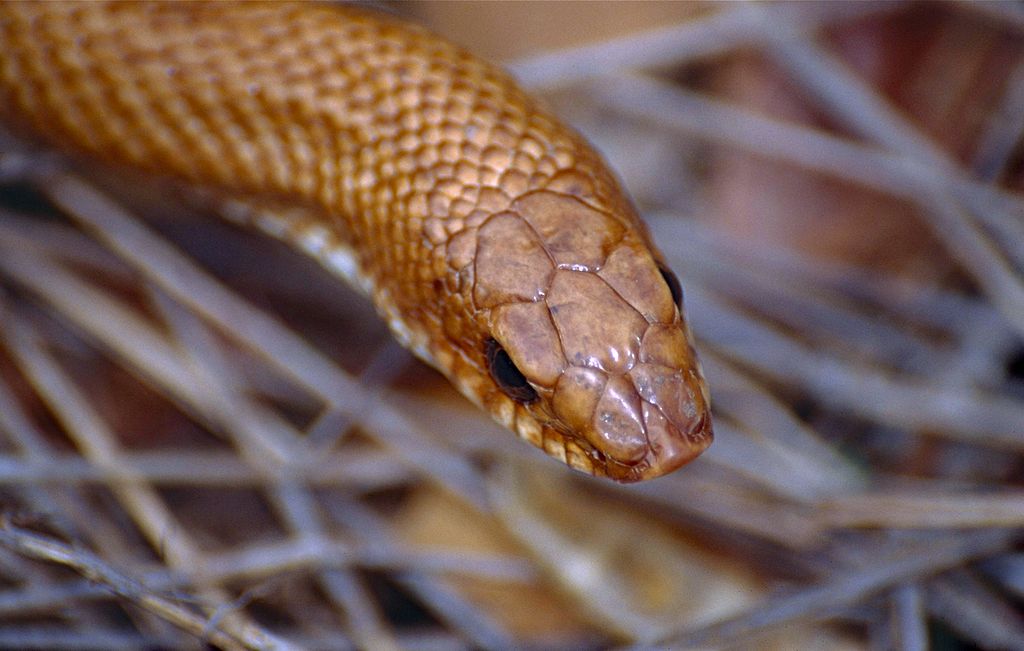
The diversity of snake scale textures has significant implications for conservation efforts, particularly as climate change and habitat destruction threaten snake populations worldwide. Species with highly specialized scale textures adapted to specific microhabitats may be particularly vulnerable to environmental changes that alter the physical properties of their surroundings. For instance, burrowing specialists with scales adapted for specific soil types may struggle if land degradation changes soil composition or compaction. Increasing global temperatures may create thermal challenges for species whose scale textures evolved under cooler conditions, potentially forcing them to spend more time seeking shelter rather than feeding or reproducing. Conservation biologists are increasingly considering these specialized adaptations when designing protection strategies and habitat restoration efforts. Understanding scale texture can also help combat illegal wildlife trafficking, as scale patterns can serve as unique identifiers for protected species and even individual animals. By appreciating the remarkable diversity and specialization of snake scales, conservation efforts can better address the specific needs of these ecologically important reptiles.
Unanswered Questions and Future Research
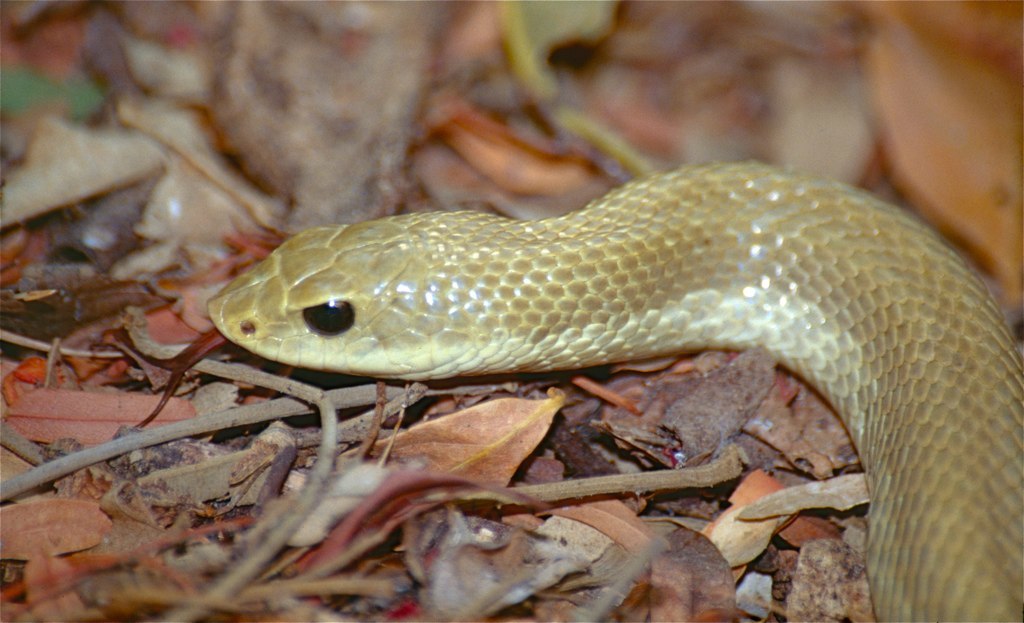
Despite centuries of scientific study, many aspects of snake scale texture diversity remain poorly understood, presenting exciting opportunities for future research. The genetic mechanisms controlling scale development and patterning are just beginning to be unraveled, with recent studies identifying several key regulatory genes that influence scale morphology. Questions persist about how quickly scale texture can evolve in response to environmental changes, which has significant implications for predicting how snake species might adapt to habitat alterations and climate change. The potential antimicrobial properties of certain scale textures represent another fascinating area for investigation, as some snake species appear less susceptible to skin infections despite living in microbe-rich environments. Advanced computing technologies are enabling more sophisticated biomechanical modeling of how different scale textures influence movement efficiency across varied terrain types. Perhaps most intriguing is ongoing research into the potential sensory capabilities of scales themselves, with emerging evidence suggesting that scale texture may play previously unrecognized roles in detecting environmental stimuli beyond simple tactile sensation.
Snake skin represents one of nature’s most versatile interfaces—a sophisticated boundary between animal and environment that has been refined through countless generations of evolutionary pressure. The remarkable diversity of textures found across different species isn’t merely an interesting biological curiosity but a testament to the power of natural selection to craft precise solutions to environmental challenges. From the microscopic ridges that help desert dwellers conserve water to the polished scales that allow tree snakes to glide effortlessly through foliage, each variation tells a story of adaptation and survival. As we continue to study these remarkable adaptations, we not only gain insights into snake biology but also discover principles that may inspire human innovations in materials science, robotics, and environmental adaptation. The humble snake scale, in all its textural diversity, reminds us that in nature, form and function are inseparably intertwined—each surface feature representing an elegant solution to the complex challenge of survival.





